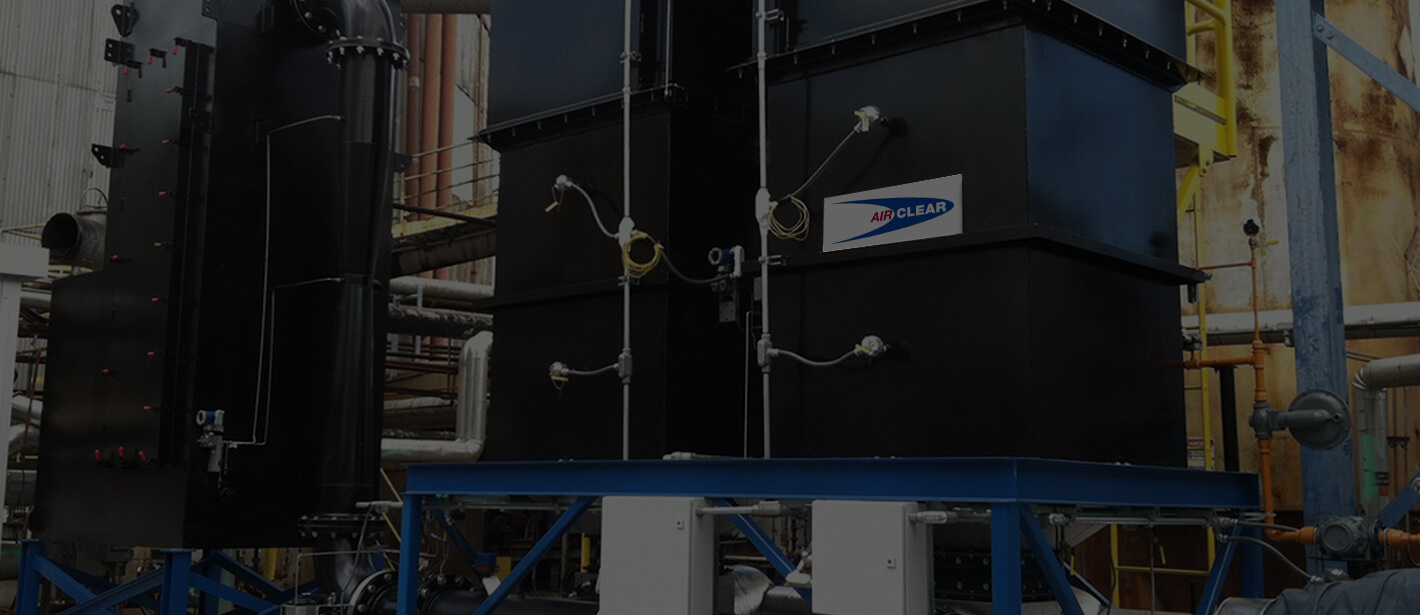State and local authorities have begun to put more emphasis on enforcement of nuisance, noxious, and unpleasant odorous air emissions. Odorous air pollution may be Organic and Inorganic Odorous Compounds are emitted in large quantities in a wide range of industries.
- Agriculture
- Asphalt Production
- Chemical Production
- Food Processing
- Industrial
- Municipal
- Painting Industry
- Petroleum Refining
- Semi-Conductor Industry
- Waste Water
- And many others
With decades of experience in industrial odor emission control systems and equipment, Air Clear is well versed in the environmental regulations that odor emitting industries face. Through an array of cutting-edge technological options and proactive inspection/maintenance services, Air Clear can guarantee that your company adheres to all environmental regulations with our odor mitigation solutions.
Air Clear accomplishes this goal with a variety of different approaches and Air Pollution Control technologies.
Possible
Solutions by Air Clear
- Biological Filtration Systems (continually cleans the water and oils)
- Enzyme Solution
- Cooling/Steam Coil (Vapor Plume Control)
- Air to Air Cooling in Lieu of adiabatic cooling
- Various Air Clear Filter Options
- Wet Scrubber or conversion of AC to a more efficient scrubber
- Photocatalytic Unit
- Activated Carbon
- Regenerative Thermal Oxidizer (RTO)
- Cyclodextrin (Deodorizer)
Typical
Odor Abatement Systems & Equipment
- Chemical Scrubbers
- Absorption: Activated Carbon
- Ozone: Photo Catalytic Oxidation
- Biological Filtration Systems (continually cleans the water and oils)
- Thermal & Catalytic oxidizers
- Odor Neutralization ‘masking’
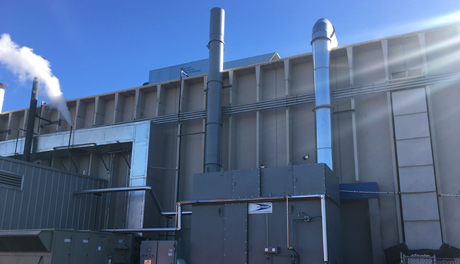
Odor can pose difficulties for manufacturers in various industries, due to its highly subjective testing/identifying factors.
Understanding what odor is and how the EPA tests for Odor issues is a good place to start.
- Malodors odors often attach to water vapor molecules when exiting the stack. On cold humid mornings, the water vapor can drop to street level where neighbors are more likely to notice an ’industrial odor.’
- Production levels are also commonly a factor in odor. The more rapidly a company is producing products, the more likely chances of odor complaints from neighbors is to occur.
- Other factors could be contributing, such as fugitive emissions emitted from newly produced products that are stored throughout the facility.
- Weather, Climate and Wind also play a roll.
EPA South Coast Air Quality
Control Board: Odor Parameters
- Rule 402: A person shall not discharge from any source whatsoever such quantities of air contaminants or other material which cause injury, detriment, nuisance, or annoyance to any considerable number of persons or to the public, or which endanger the comfort, repose, health or safety of any such persons or the public, or which cause, or have a natural tendency to cause, injury or damage to business or property.
- The AQMD tests with an odor expert visiting the complaint area, if he/she can detect (smell) the odor then next they see if they can determine the source of that odor. If they can, they validate the complaint. It is very subjective and no odor detection device is used.
- Air Clear has a wide variety of industrial odor control systems and technologies at its disposal, so our engineers know how and what combinations to use to help our customers remain compliant and odor friendly. One such odor mitigation technology that our research & development team has been extensively testing for the past year are enzymes. They are an effective, natural and non-toxic waste degrader and odor eliminator. How do they work…very simply enzymes accelerate chemical reactions by breaking down proteins. The molecules upon which enzymes act are called substrates. The enzyme converts the substrates into different molecules known as products. Enzyme activity can be affected by other molecules: inhibitors are molecules that decrease enzyme activity, and activators are molecules that increase activity. The bacteria in biosurfactants will ingest the emulsified hydrocarbons, their natural process is to breakdown and emulsify hydrocarbons in preparation for microbial degradation. Research shows that these microbes breakdown contaminants through a variety of methods by promoting hydrolysis, sorption, reduction, mobility, ion exchange, metabolic ingestion etc. In ambient temperatures, enzymes will break down heavy metal adhesion. This helps to prevent scale build-up. The naturally occurring surfactant in the product is able to bind and remove metals from contaminated solids & liquids which offers unlimited potential in the treatment of industrial waste.Our results indicate that we are able to dramatically accelerate microbial reproduction and increase the concentration of our enzyme’s hydrocarbon and organic waste-eating microbes across the target zone, while stimulating the natural remediating and biosurfactant forming microbes that may be indigenous to your target zone. These naturally occurring microbes are unusually resilient, maintaining their effectiveness in pH >3 to alkaline pH >13 range in extremely hot or cold temperatures.
- Air Clear’s customized enzyme blend dramatically lowers Biochemical Oxygen Demand, (B.O.D), and Chemical Oxygen Demand (C.O.D), in wastewater (while simultaneously eliminating soaps, oil, grease and other petroleum products), and neutralizes soil toxicity in agricultural applications.
- As a proactive enzymatic and microbial technology, Air Clear’s enzyme solution breaks the molecular bond between pollutants (i.e., minerals, metal, toxic chemicals, nutrients, hydrocarbons) and the oxygen molecule in water, decomposing and digesting organic waste, and allowing easier sifting of simplified hydrocarbons and non-organic waste for mechanical separation or collection. In short, our enzymes decreases the nitrogen cycle, aids in the decomposition of hydrocarbons and converts ammonia to nitrates.
Our enzymes are:
- Break down certain oils
- Affordable
- Noninvasive equipment
- It also improves the BOD and COD
- Nontoxic
- Becoming very popular for use on a wide variety of odors applications such as waste treatment, landfills, rendering plants and paper mills.
- Safe to send down sewer (Some local municipalities used for odor control)
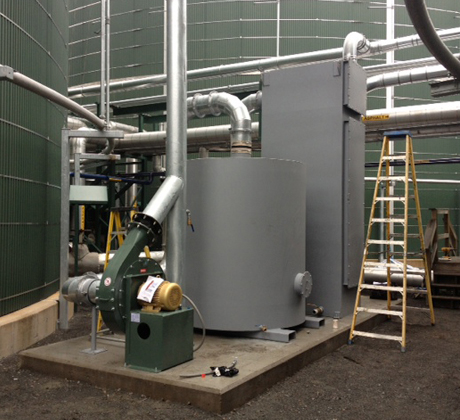
That is one example of many various new technologies that we implement at Air Clear. If you are an industrial application that is struggling with an odor issue, we would love to hear from you and let one of our skilled engineers explain how we can help with our odor control systems.
We are world leaders in the design, manufacture, installation, and service of high-quality air pollution control systems. Specializing in Regenerative & Recuperative Thermal Oxidizers, Catalytic Oxidizers, FiberBed Filter Mist Collectors, Wet Scrubbers, Industrial Services, Air Clear will work hand in hand with your company to select, install and maintain the most efficient air pollution technology.
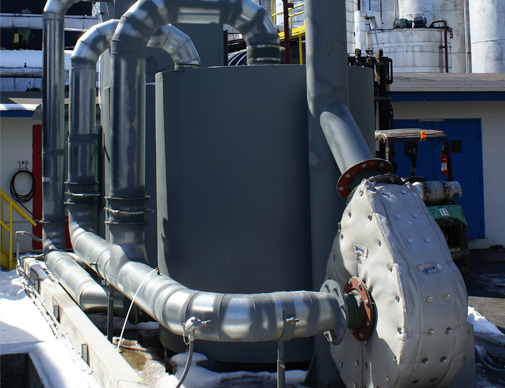
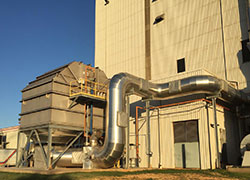
18,000 SCFM 2 can Regenerative Thermal Oxidizer with pre-filter system on McCormick Food & Spice Product Line. The oxidizer also controls the odorous emissions from the process.
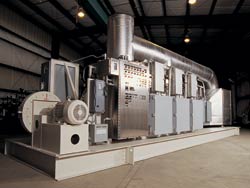
5,000 SCFM Skid Mounted Catalytic Oxidizer on a Coating/Laminating Process. Catalytic Oxidizer is primarily used for odor control.
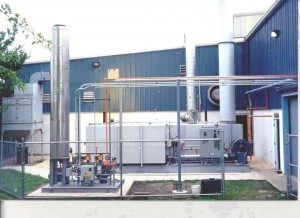
5,000 Thermal Oxidizer with shell & tube heat exchanger on Coating Process. Thermal oxidizer was installed for VOC emissions and Odor Control.
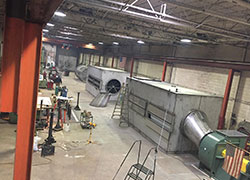
9,200 SCFM Stainless Steel Ammonia/Particulate Scrubber. Scrubber was installed primarily to control odor emissions.

